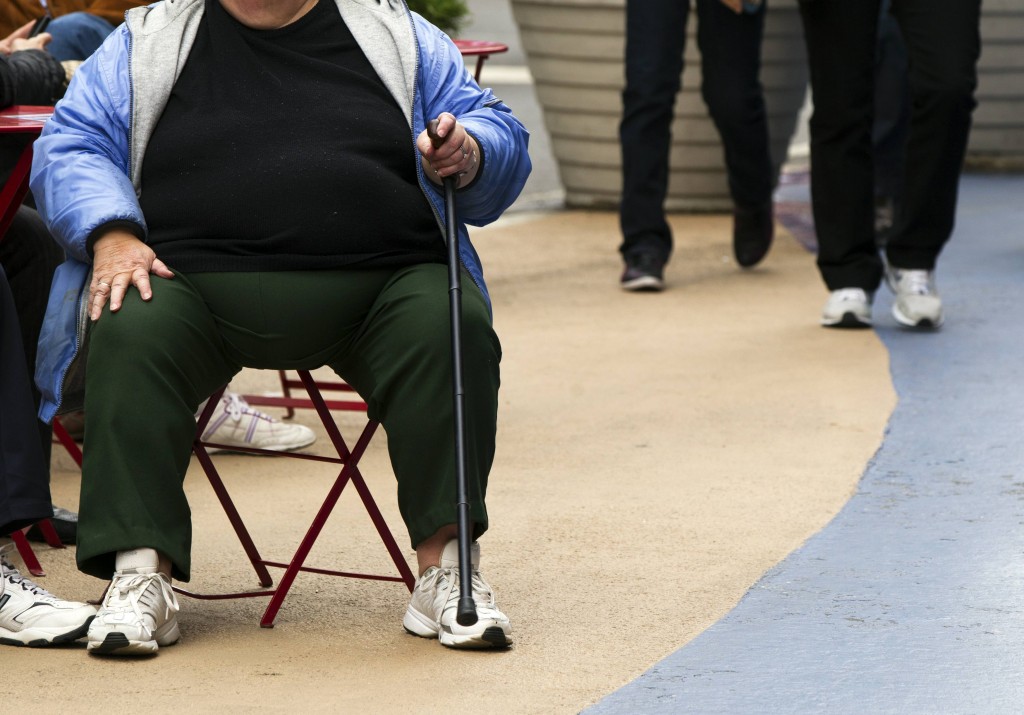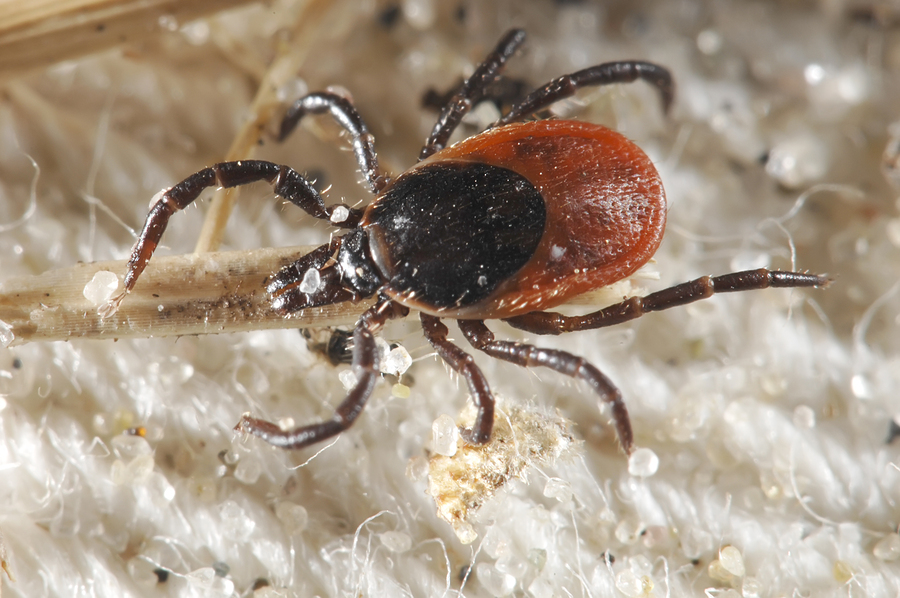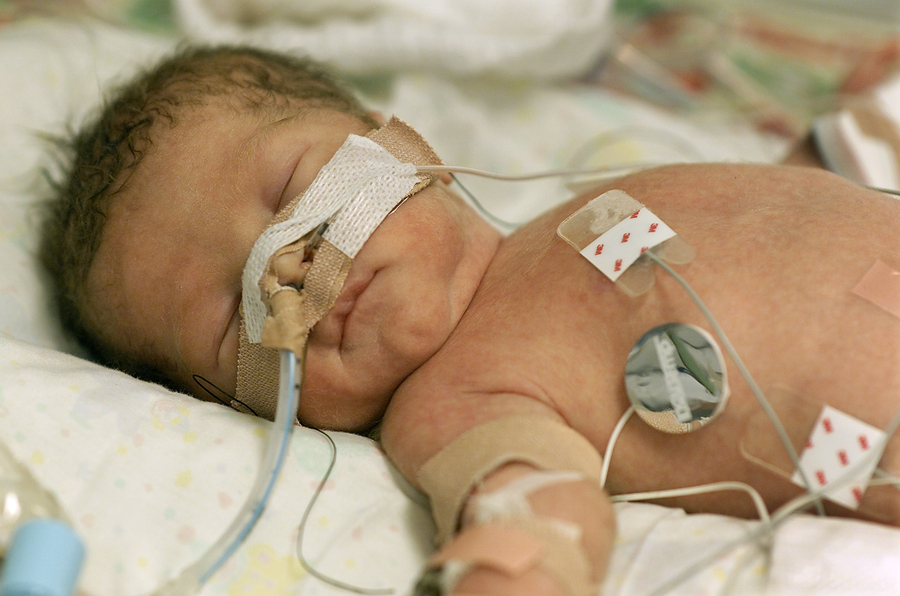Iron-fortified rice cereal is a common starter food for infants, and rice intake for infants relative to body weight is about three times greater than for adults. The U.S. Food and Drug Administration (FDA) is now proposing an “action level,” or limit, on the amount of inorganic arsenic that can be present in that cereal after extensive testing showed unacceptably high levels of the toxic chemical.
Arsenic, an element which is present in air, soil and water, exists in two forms, organic and inorganic. Inorganic arsenic is considered the more toxic when encountered in the diet, and rice has higher levels of the element than other foods. This is partly due to rice plants absorbing more arsenic from the environment as they grow than do other crops.
The FDA is proposing an action level on inorganic arsenic in infant rice cereal of 100 parts per billion (ppb). This is comparable to the level set by the European Commission.
According to the FDA, exposure to inorganic arsenic in pregnant women and infants can result in decreased performance for the child on development tests that measure learning. The new data released by the FDA includes inorganic arsenic levels in 76 samples of infant rice cereals. Nearly half met the FDA’s proposed action level of 100 ppb inorganic arsenic. Seventy-eight percent were between 100 and 110 ppb. The agency found that all of the non-rice foods they tested were well below 100 ppb inorganic arsenic.
The FDA says that they expect manufacturers would be able to produce infant rice cereal that meets the proposed limits for inorganic arsenic through the use of good manufacturing practices, including using rice that has lower levels of the chemical.
According to previously published studies, cooking rice in excess water and draining off the extra can reduce the inorganic arsenic content by 40 to 60 percent, although the method can also remove some of the key nutrients.
Based on the findings from the FDA, the agency offers the following advice to parents of infants:
- Continue to feed the baby iron-fortified cereals to make sure the infant is getting enough iron.
- Rice cereal fortified with iron should not be the only source, or the first source, of iron. Other iron-fortified cereals include multigrain, oat and barley.
- Provide toddlers with a well-balanced diet, including a variety of grains.
The agency also advises pregnant women to consume a variety of grains for good nutrition, consistent with guidance from the American Congress of Obstetricians and Gynecologists, which recommends that half of the grains consumed consist of whole grains.
Public comments are being accepted on the proposed action and risk assessment for 90 days.










